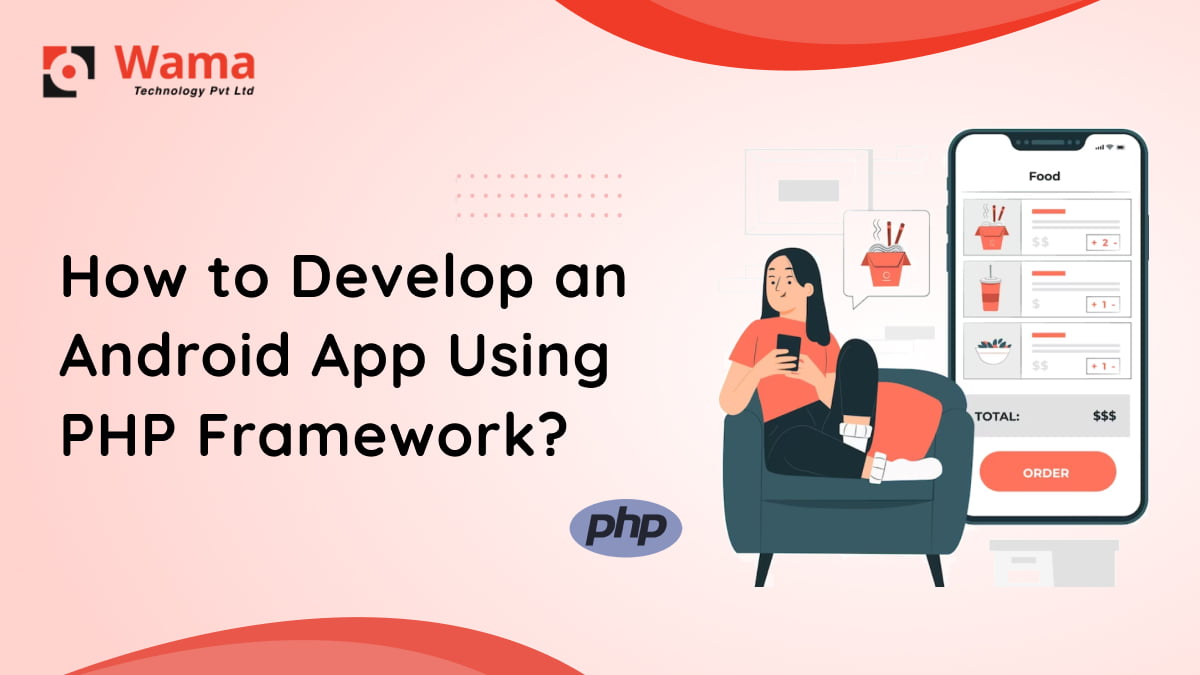If you are interested in the world of Android app development, it is very likely that, at some point, you have come across the term PHP. PHP, primarily renowned for its application in web development, can also be harnessed effectively as a powerful backend and database solution for Android applications. Have you ever wondered what exactly it is, what it is for, and how to develop Android applications utilizing this framework? If so, don’t go. This guide solves all your doubts regarding this language.
What is the PHP language?
The PHP programming language was created in 1995 and is used to create dynamic web pages, which, unlike static web pages, produce content from changeable data at the time of use. It is also an element of Android app design and development since it allows you to work without having to learn new programming languages, allowing for the rapid, easy, and dynamic creation of Android apps.
It is a method of programming that does not rely on the language running on the device but rather on servers, which your device visits to speed up surfing. You may use this Android app programming language to construct login pages, review forms, picture galleries, forums, polls, and a variety of other helpful applications.
PHP’s versatility in Android app development lies in its ability to process and manage data efficiently. By setting up a local PHP server and MySQL database, developers can easily handle user registration, log-ins, and other app-related functionalities. PHP framework offers a seamless connection between the Android app and the server, making data retrieval and synchronization effortless. This powerful combination ensures smooth communication and enhances the overall user experience.
How is PHP code processed?
In the context of Android applications, it’s crucial to understand how PHP code is processed. As PHP plays a pivotal role in powering functionalities within these mobile apps, the responsibility of executing tasks outlined by the PHP language falls upon the server. To facilitate this process, the server needs to possess a resident module or program, often referred to as a daemon, which takes on the role of interpreting the instructions encoded in PHP. Consequently, this approach ensures that the client’s resources are not consumed by the PHP command processing.
In essence, PHP contributes to the generation of HTML pages that can be comprehended by web browsers. However, this occurs subsequent to the server’s execution of a sequence of operations that influence the content displayed on the screen. For instance, when you navigate to a blog and input a search query, the content showcased on the results page is subject to change based on the specific keywords you entered. Although everything transmitted to the browser is constructed using HTML, the actual content has been dynamically generated by the server following the interpretation of your query and interactions with a database. This intricate process, enabling such dynamic content creation, owes its feasibility to the capabilities of PHP.
Android App Development Using PHP Framework Process
To leverage PHP as a backend solution for Android app development, developers need to follow a systematic Android app development process:
Setting Up the Back-End Web Server- To initiate this synergy, establishing a back-end web server for the Android app is paramount. Utilizing XAMPP, a versatile cross-platform web server solution, streamlines the setup process. Installation is straightforward – a simple internet search provides a one-click installation file compatible with various operating systems.
Upon successful installation, a test run at http://localhost validates the setup. Furthermore, accessing http://localhost/phpmyadmin confirms the admin interface’s functionality. By creating a dedicated folder within the server directory, developers can seamlessly manage files for the Android app.
Configuring the MySQL Database- The crux of this integration lies in configuring a MySQL database through phpMyAdmin. This process commences by assigning a suitable name to the database, which subsequently becomes accessible from the left sidebar. The creation of a user table within the database facilitates efficient user management.
Employing the provided code snippets expedites the creation and configuration of the MySQL database. With these foundational steps in place, the stage is set for PHP to interact seamlessly with the database.
Establishing the PHP-MySQL Connection- Linking PHP with the MySQL database involves furnishing essential credentials – hostname, MySQL username, and password. Verifying the connection’s viability is essential; a simple test at http://localhost/test_and/test-connect.php offers insights into the connection status. If discrepancies arise, restarting XAMPP can often resolve such issues.
Android Login and Registration Implementation- With a robust backend established, the focus shifts to crafting a user-friendly log-in and registration interface for the Android app. Capitalizing on PHP’s capabilities, developers can ensure seamless user experiences while managing user data.
Before delving into full-scale Android software development, simulating user interactions provides valuable insights. Entering sample user data into the MySQL database helps developers gauge the interface’s functionality and responsiveness.
Seamless Integration for Professional Results- The pinnacle of this integration journey is the incorporation of the PHP-powered backend into the Android app. The combination of PHP’s flexibility with Android’s user-centric approach results in a functioning and entertaining app.
While the process shown above allows developers to begin developing PHP-powered Android apps on their own, acquiring expert assistance can help to improve the end product. Hiring competent mobile app developers ensures that your app is polished, efficient, and user-friendly and that it completely meets your vision.
Conclusion
When PHP and Android are coupled, the results are nothing short of astounding. With PHP’s help, your app develops into a dynamic powerhouse. You now have intimate knowledge of how to set up a server, set up a data vault, and integrate PHP into your app’s arsenal. Whether you begin on this trip on your own or with the help of specialists, the PHP-Android alliance lays the road for a successful app adventure!
Ready to bring your Android app dreams to life? Contact Wama Technology today and let their expertise turn your vision into reality!
